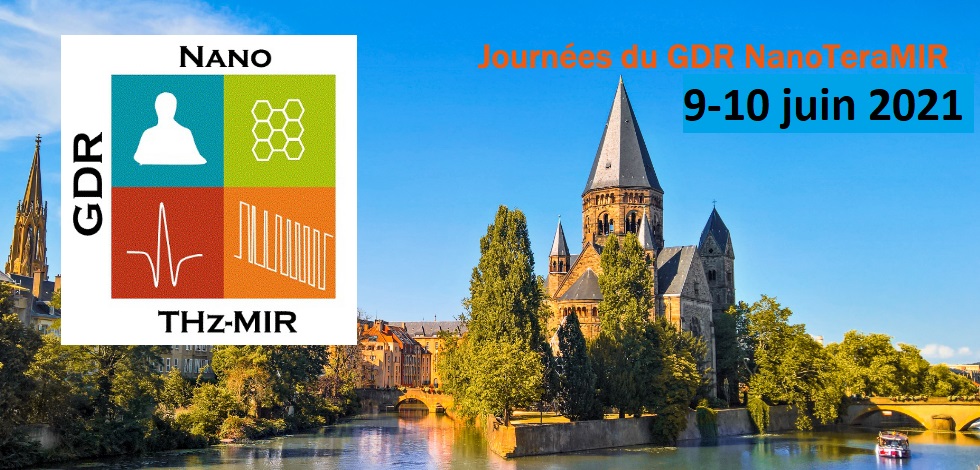Accounting for the pellet's porosity in THz-TDS measurements of powder oxides
1 : Georgia Tech - CNRS [Metz]
Ecole Nationale Supérieure des Arts et Metiers Metz, SUPELEC, Georgia Institute of Technology [Atlanta], Georgia Institute of Technology [Lorraine, France], CentraleSupélec, Centre National de la Recherche Scientifique : UMI2958, Université de Franche-Comté
2 : Georgia Tech Lorraine [Metz]
Centre National de la Recherche Scientifique : IRL2958 / UMI2958, CentraleSupélec, Georgia Institute of Technology [Lorraine, France]
3 : Laboratoire d'Etude des Microstructures et de Mécanique des Matériaux
(LEM3)
-
Site web
Université de Lorraine, Université Henri Poincaré - Nancy I, Ecole Nationale d'Ingénieurs de Metz, Arts et Métiers ParisTech, CNRS : UMR7239
4 rue Augustin Fresnel 57078 METZ CEDEX 03 -
France
4 : Georgia Tech - CNRS [Metz]
Georgia Institute of Technology [Atlanta], Georgia Institute of Technology [Lorraine, France], Centre National de la Recherche Scientifique : UMI2958
Metz Technopôle 2-3 rue Marconi 57070 METZ -
France
5 : School of Electrical and Computer Engineering, Georgia Institute of Technology
Atlanta, Georgia 30332-0250, USA -
États-Unis
This work proposes a new approach to deal with the problematic caused by the pellet's porosity in THz-TDS measurements of oxide powders. We assume a ternary system (PE matrix + oxide powder + air) and use an algorithm based on a sequential two-step implementation of Effective Medium Models to account individually for each of the phases. The results show up that the capacity that this method has to combine multiple models and adapt to the physical characteristics of each phase is a major advantage compared with previous methods.



